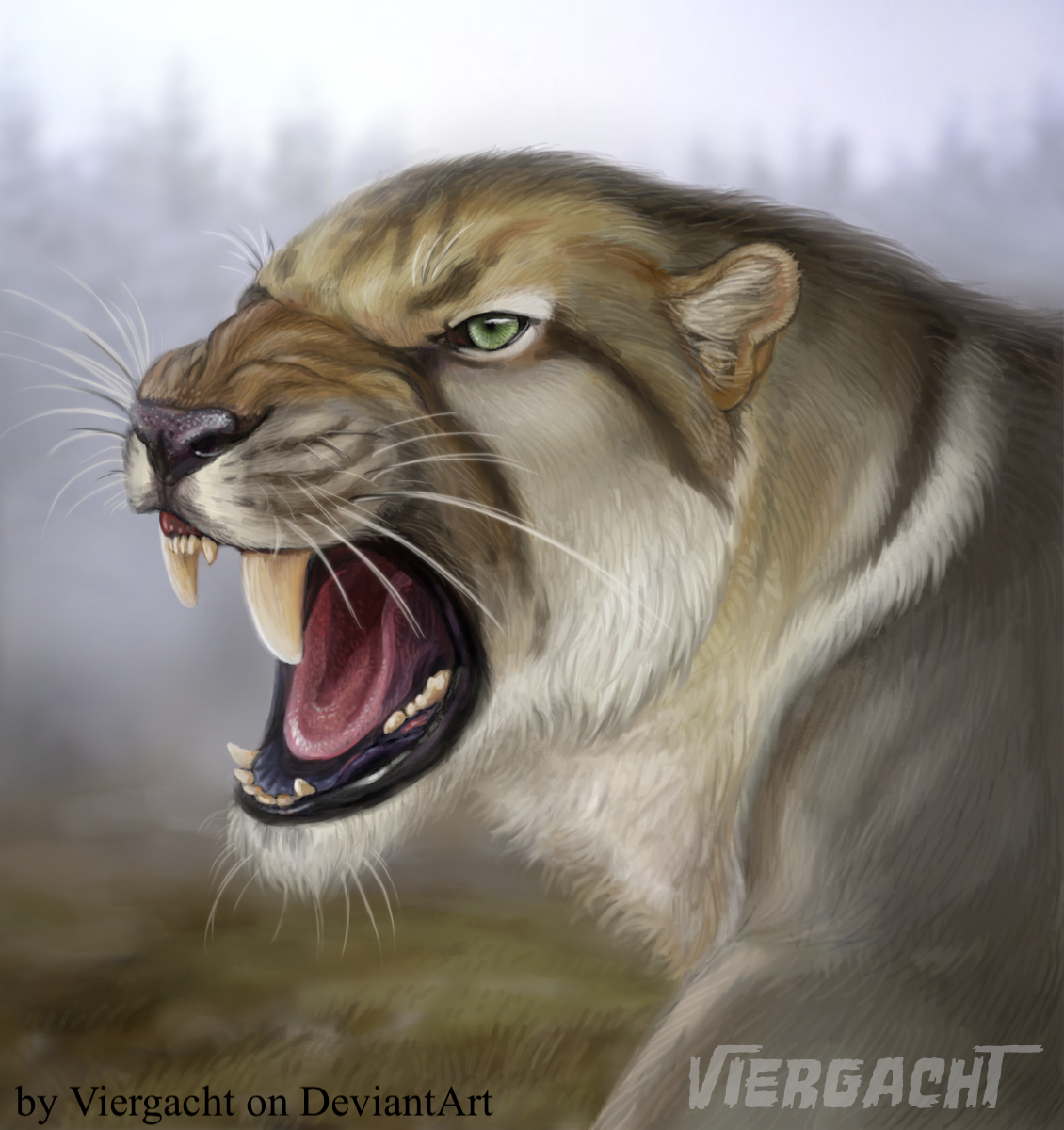Welcome to Adelphailurus

Name Definition
unavailable
Name Given By
Claude W. Hibbard in 1934
Location
around the southwestern part of North America (Texas, Oklahoma, Arizona, New Mexico, Kansas, Colorado, as well as a bit of Nebraska and Missouri) as well as northern Mexico
Classification
Mammalia, Carnivora, Feliformia, Felidae, Machairodontinae, Metailurini
Size
around 60 - 90 cm high at the shoulder, about 2 - 2.4 meters long (estimates are based on modern-day cougar)
Temporal Range
Tortonian - Messinian of the Miocene epoch, around 10.3 - 5.333 million years ago
Ecological niche
ambush predator (because of its anatomical similarity to the cougar, it is thought to have a cougar-like ecological niche)
Species/Sub Species
A. kansensis
Diet
like the cougar, Adelphailurus probably ambushed ungulate prey or some other kinds of mammalian herbivores
Introduction
Adelphailurus is a genus of extinct machairodont or saber-toothed cats that lived in southwestern North America during the Miocene. The type and only species is Adelphailurus kansensis, and the specific name refers to its origin from Kansas. Adelphailurus was originally named and described by Claude W. Hibbard in 1934. Hibbard and Robert L. Carroll assigned Adelphailurus in the family Felidae which contains all the extinct and extant cats, and in 1998 Larry Dean Martin placed Adelphailurus in the felid subfamily Machairodontinae, colloquially known as the saber-tooth cats.
While the fossil remains of Adelphailurus is limited, the available evidence shows us that Adelphailurus was similar to the modern-day cougar in both shape and size except for a longer and compressed upper canine, which would make it a nimravid (a nimravid is a cat-like saber tooth mammal), better known as the false sabertooths, which has generated some doubt about whether Adelphailurus is supposed to be in the Felidae or Nimravidae. Apart from that, Adelphailurus also possessed a pair of upper second premolars, which is unusual for a derived cat and is a primitive feature in the cat lineage. Because of its similarity to the cougar, Adelphailurus was probably also an ambush predator, but also could not persist for very long when chasing prey. After killing their prey, Adelphailurus would probably drag its dead prey to a more secluded area in order to avoid competition from other predators, just like how cougars do today.